Pi Rambla talks about the megalithic constructions of Saqsaywaman and its labyrinths
+ sources
ARCHAEOLOGY + DRONE
-
Remote Sensing with Drone advanced technology
WHALE RESCUE
-
Explorer Team Paracas (Peru)
CODEX MAYA
-
analysis of unknown codex maya Florida (USA)
TEAM TESTIMONIALS
Without the members of team it would be impossible to achieve the results obtained.
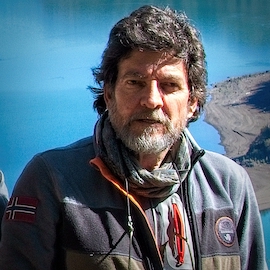
It´s a pleasure to work with the exploration team on the most risky expeditions

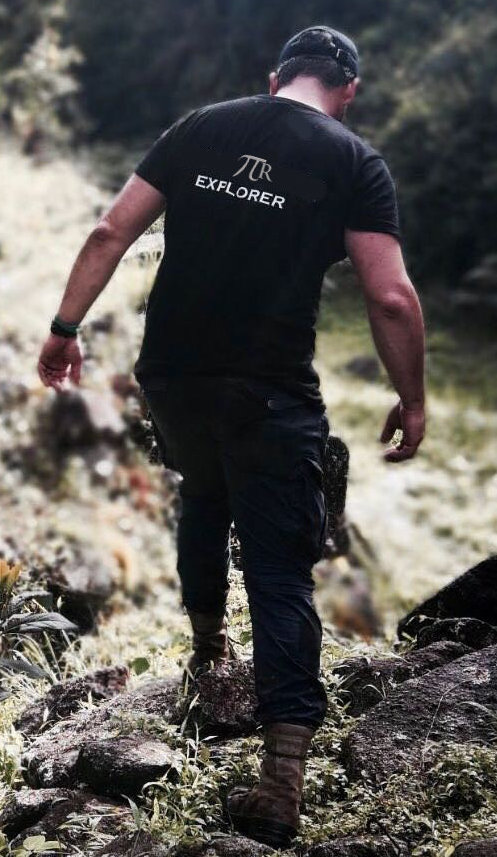
- Timeline
-
ALAN STIVELMAN INTERVIEW
Alan Stivelman interview Anselm Pi Rambla about the existence of the Andes tunnels (spanish version)
-
HBO INTERVIEW ANSELM PI RAMBLA
Works in Peru & Koricancha (spanish version)
-
Evidence of the existence of a highly advanced PRIMORDIAL MOTHER CULTURE located in an unknown place on our planet Earth, which is being discovered for the first time on a continent never before considered
-
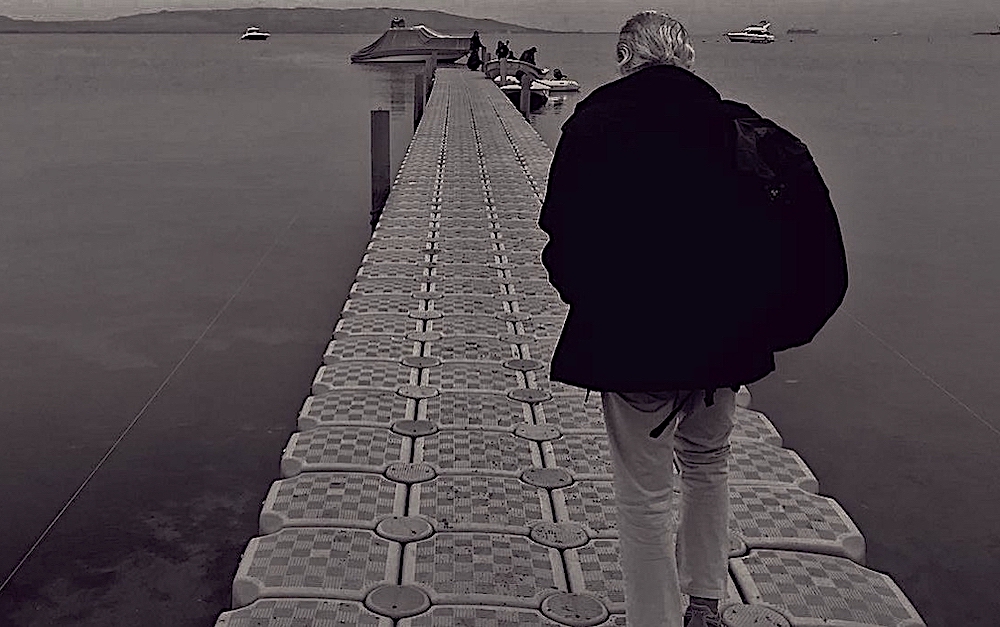
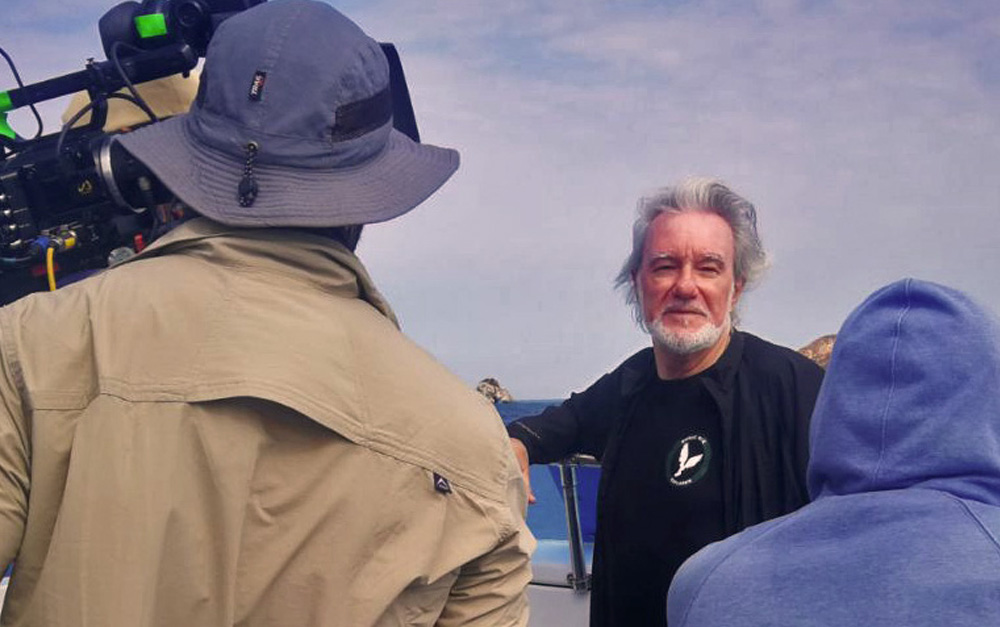
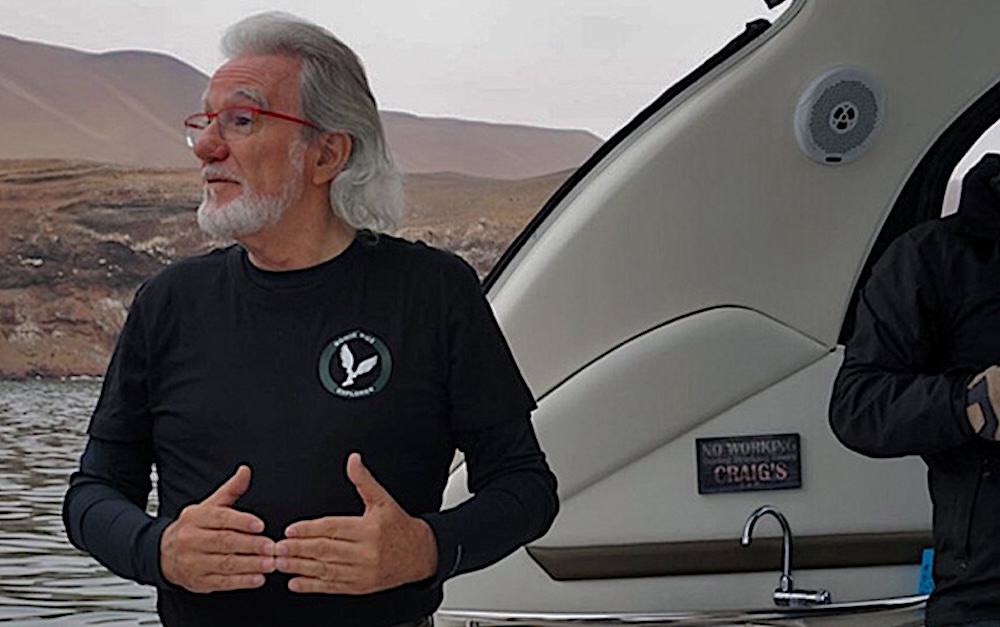
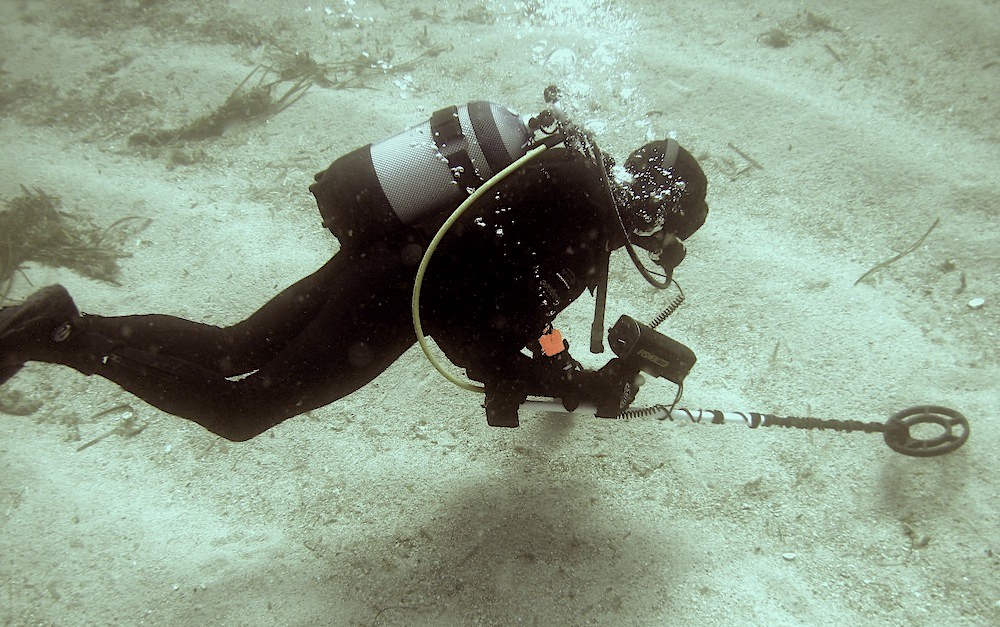
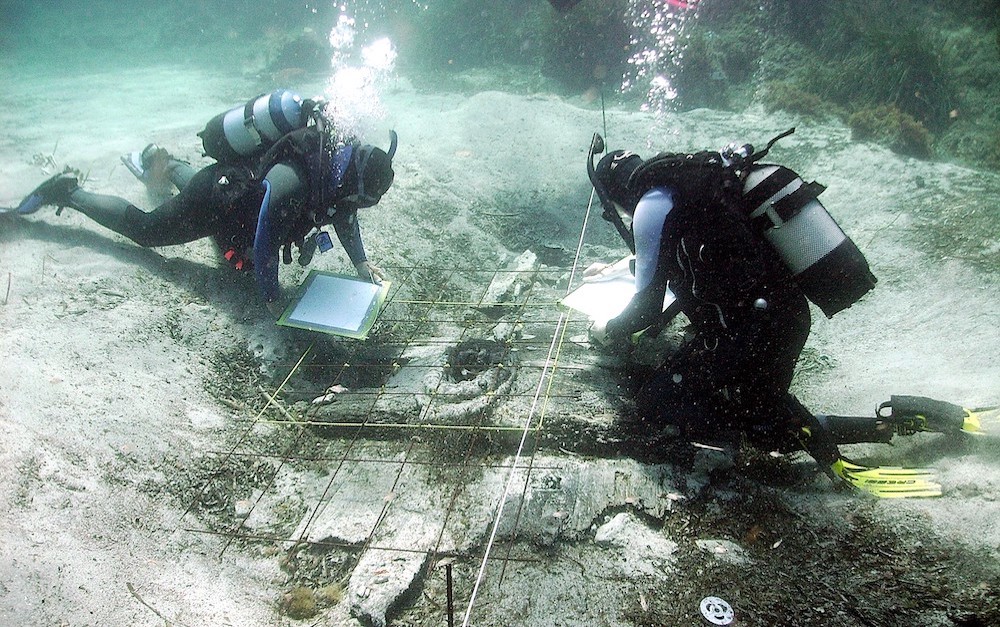
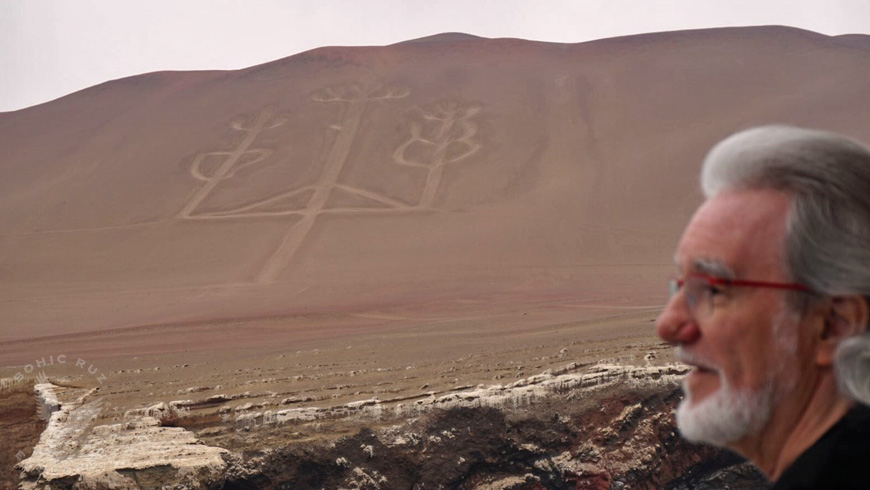
MARITIME EXPLORATION
Archaeological works on the Peruvian Pacific Ocean coast on the investigation of Asian transpacific voyages in antiquity
-
- Return...